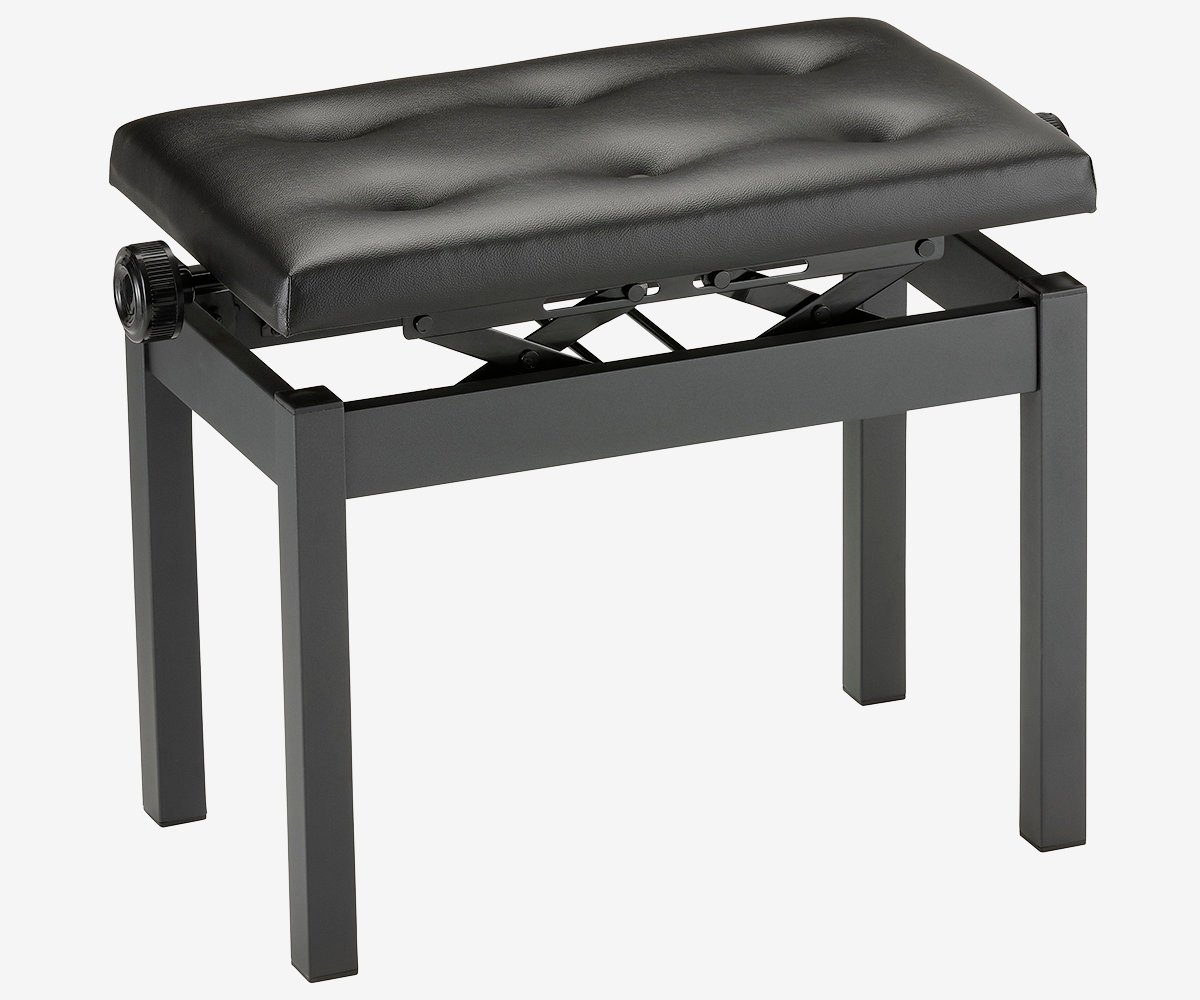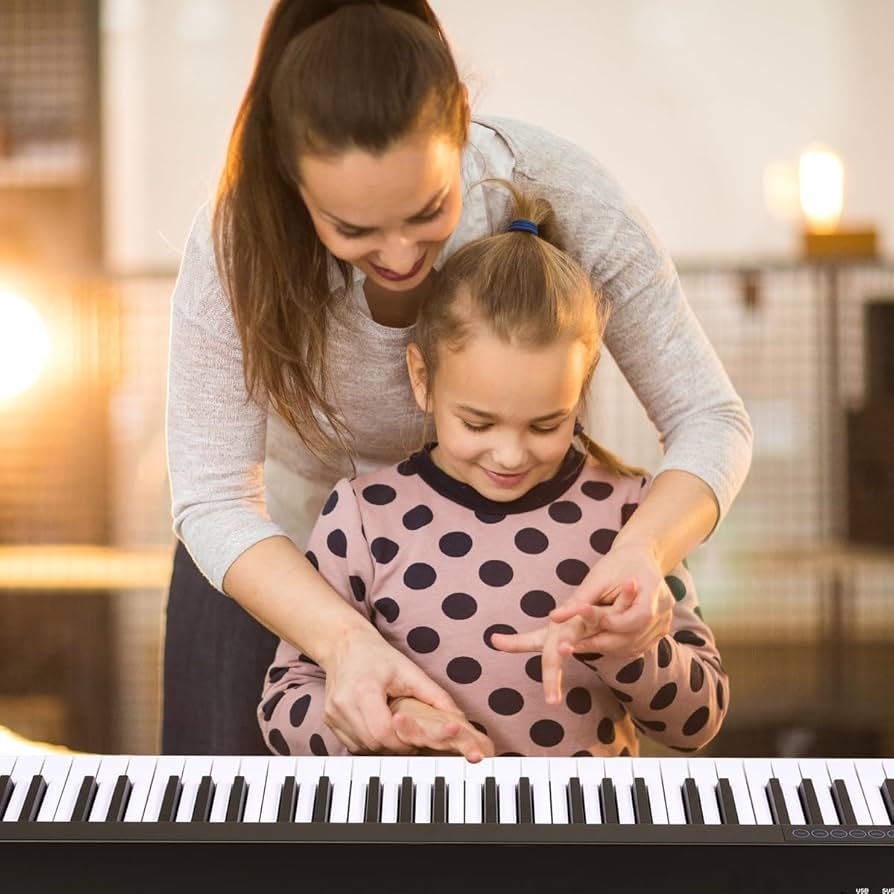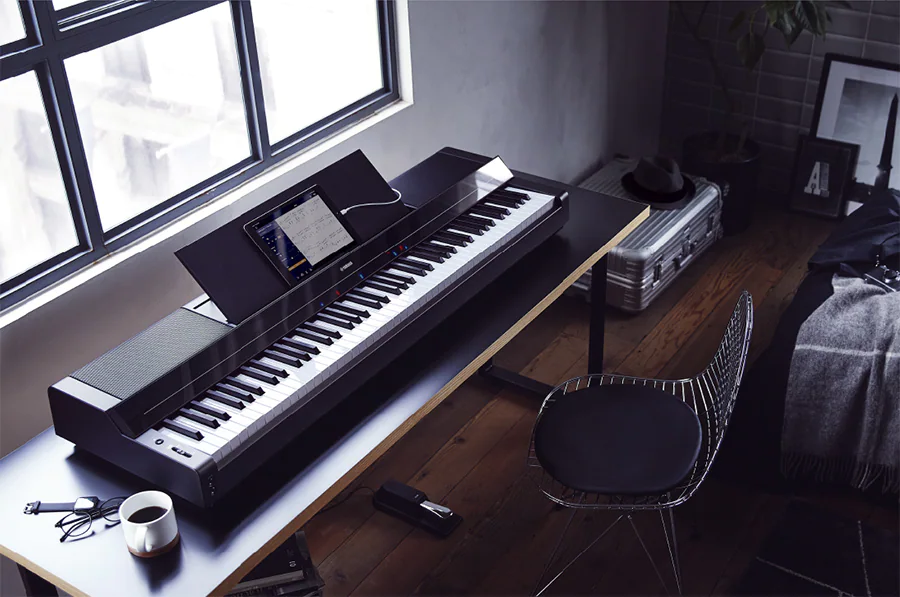Playing the piano is not only about mastering the keys but also about maintaining proper posture to ensure longevity and prevent physical strain. A comfortable and ergonomically designed piano stool plays a crucial role in supporting good posture, enhancing your playing experience, and preventing discomfort during long practice sessions. This guide explores the best piano stools available, highlighting their features, benefits, and why they are ideal for maintaining comfort and proper posture.
Table of Contents
- Importance of Proper Posture
- Key Features to Consider
- Top Piano Stools for Comfort and Posture
- Tips for Selecting the Right Piano Stool
- Maintaining Your Piano Stool
- Conclusion
- Further Considerations
- Resources
- References
- Acknowledgments
- Disclaimer
- Contact Information
Importance of Proper Posture
Maintaining proper posture while playing the piano is essential for several reasons:
- Prevents Physical Strain: Good posture reduces the risk of back pain, neck strain, and repetitive stress injuries.
- Enhances Performance: An ergonomic position allows for better movement and control, leading to more expressive and accurate playing.
- Promotes Endurance: Comfort during practice sessions enables longer and more productive practice periods without discomfort.
- Supports Breathing: Proper alignment facilitates better breathing, which is vital for phrasing and musicality.
A well-designed piano stool supports these aspects by ensuring that your seating position promotes natural alignment and minimizes unnecessary strain.
Key Features to Consider
When selecting a piano stool, consider the following features to ensure maximum comfort and support for proper posture:
1. Adjustability
- Height Adjustment: Allows you to set the stool at the correct height relative to your piano and your body, ensuring that your elbows are at a comfortable angle.
- Seat Height Range: A wide range accommodates different body types and piano configurations.
2. Ergonomic Design
- Lumbar Support: Some stools offer built-in lumbar support to maintain the natural curve of your spine.
- Seat Shape: Contoured seats can provide better support and comfort.
3. Material and Cushioning
- Cushioning: Adequate padding enhances comfort during extended playing sessions.
- Material: Breathable fabrics or leather provide comfort and durability.
4. Stability and Durability
- Base Design: A sturdy base prevents wobbling and ensures stability while playing.
- Build Quality: High-quality materials and construction ensure longevity.
5. Portability
- Lightweight: Easier to move if you frequently change your practice space.
- Foldable or Stackable: Saves space when not in use.
6. Additional Features
- Swivel Function: Allows for easy movement and adjustment during playing.
- Storage Options: Some stools come with built-in storage for music sheets or accessories.
Top Piano Stools for Comfort and Posture
1. Roland SC-50 Piano Stool
Features:
- Height Adjustable: Offers a wide range of height adjustments to fit various pianos and players.
- Lumbar Support: Built-in lumbar support promotes proper spinal alignment.
- Swivel Seat: 360-degree swivel for easy movement and positioning.
- Cushioned Seat: Provides comfort during long practice sessions.
- Sturdy Construction: Made with high-quality materials for durability.
Why It’s Ideal:
The Roland SC-50 combines ergonomic features with robust construction, making it a top choice for pianists seeking comfort and support. Its adjustable height and lumbar support ensure that players maintain proper posture, while the swivel seat adds flexibility.
2. On-Stage WS7500 Adjust-Height Piano Stool
Features:
- Height Range: Adjustable from 18 to 24 inches to accommodate different seating preferences.
- Ergonomic Design: Contoured seat and backrest provide lumbar support.
- Durable Build: Made with sturdy steel construction and a padded seat for longevity.
- Foldable: Easily folds for storage and portability.
- Non-Slip Feet: Prevents the stool from sliding during use.
Why It’s Ideal:
The On-Stage WS7500 offers a blend of comfort, adjustability, and portability. Its ergonomic design ensures proper support, while the foldable feature makes it convenient for musicians with limited space or those who travel frequently.
3. Yamaha GP-190 Adjustable Piano Stool
Features:
- Height Adjustment: Easily adjustable to match the height of your piano and personal comfort.
- Slim Design: Space-saving profile ideal for small practice areas.
- Comfortable Padding: Provides adequate cushioning for extended use.
- Sturdy Base: Ensures stability during playing.
- Durable Material: High-quality upholstery and construction for long-term use.
Why It’s Ideal:
Yamaha’s GP-190 is perfect for pianists who need a reliable and comfortable stool without taking up much space. Its slim design and adjustable height make it suitable for various environments, from home studios to professional settings.
4. Bloch PB-8 Adjustable Piano Bench
Features:
- Height and Depth Adjustment: Customizable to fit individual body types and piano heights.
- Premium Cushioning: High-density foam for maximum comfort.
- Stylish Design: Elegant appearance that complements any piano.
- Sturdy Frame: Built to last with durable materials.
- Non-Slip Base: Ensures the stool remains stable during use.
Why It’s Ideal:
The Bloch PB-8 stands out for its premium comfort and stylish design. Its extensive adjustability caters to a wide range of users, making it an excellent choice for both beginners and professional pianists who prioritize comfort and aesthetics.
5. Giantex Adjustable Piano Stool
Features:
- Multi-Height Settings: Adjustable heights to suit different playing positions.
- Cushioned Seat: Soft padding for enhanced comfort.
- Swivel and Mobile: Features a swivel seat and casters for easy movement.
- Foldable Design: Convenient for storage and transport.
- Sturdy Construction: Made with robust materials to support various weights.
Why It’s Ideal:
Giantex offers an affordable yet feature-rich piano stool that doesn’t compromise on comfort or functionality. Its mobile and foldable design is ideal for pianists who need flexibility in their practice spaces.
Tips for Selecting the Right Piano Stool
- Assess Your Needs: Consider how often you play, the duration of your practice sessions, and whether you need portability.
- Test for Comfort: If possible, try out different stools to find one that feels comfortable and supports your posture.
- Check Adjustability: Ensure the stool can be adjusted to your height and the height of your piano to maintain proper alignment.
- Consider the Space: Choose a stool that fits well within your practice area without causing clutter.
- Evaluate Durability: Invest in a stool made from high-quality materials that can withstand regular use.
- Budget Wisely: While comfort and quality are paramount, select a stool that fits within your budget without sacrificing essential features.
Maintaining Your Piano Stool
Proper maintenance ensures that your piano stool remains comfortable and functional over time:
- Regular Cleaning: Wipe down the stool with a soft cloth to remove dust and prevent stains. Use appropriate cleaners for the material.
- Check Adjustments: Periodically inspect and tighten any adjustable parts to ensure they remain secure.
- Protect the Upholstery: Use fabric protectors or covers to prevent wear and tear, especially if the stool is frequently used.
- Store Properly: If the stool is foldable or portable, store it in a dry place to avoid damage.
Conclusion
A high-quality piano stool is an essential accessory for any pianist, providing the necessary support and comfort to maintain proper posture and enhance your playing experience. Whether you prefer adjustable heights, ergonomic designs, or portable options, the right stool can make a significant difference in your practice and performance. By considering the features outlined in this guide and selecting a stool that meets your specific needs, you can ensure a comfortable and healthy playing environment.
Further Considerations
Budget Planning
Piano stools come in a wide range of prices, from affordable options to premium models. Determine your budget and prioritize features that are most important to you, such as adjustability, cushioning, and durability.
Space Management
Consider the size and design of your practice area. If space is limited, opt for a stool that is compact, foldable, or has a sleek design that complements your piano and room décor.
Long-Term Use
Invest in a piano stool that offers durability and comfort for long-term use. High-quality materials and construction will ensure that your stool remains functional and comfortable for years to come.
Personal Preferences
Everyone has unique comfort needs. Whether you prefer a higher or lower seating position, firm or cushioned seats, or additional features like lumbar support, choose a stool that aligns with your personal preferences and playing style.
Resources
- Roland Piano Stools: Roland Official Website
- On-Stage Stands: On-Stage Official Website
- Yamaha Piano Accessories: Yamaha Official Website
- Bloch Piano Benches: Bloch Official Website
- Giantex Piano Stools: Giantex Official Website
References
- “Ergonomics for Pianists: Maintaining Proper Posture” – Musician’s Health Journal
- “Top 10 Piano Stools for Comfort and Support” – Piano World Review
- “Choosing the Right Piano Bench: A Comprehensive Guide” – Music Gear Magazine
Acknowledgments
This article was developed to assist pianists in selecting the best piano stools that promote comfort and proper posture. It draws on expert recommendations, product specifications, and user reviews to provide a comprehensive guide for both beginners and seasoned players.
Disclaimer
While every effort has been made to ensure the accuracy of the information provided, readers are encouraged to conduct their own research and consult with musical instrument professionals before making any purchase decisions. The author and publisher are not liable for any losses or damages incurred from the use of this information.
Contact Information
For further inquiries or personalized recommendations regarding piano stools, please reach out to your local musical instrument retailer or visit the official websites of the respective stool manufacturers.
Conclusion
Investing in a quality piano stool is a vital step towards enhancing your piano playing experience. By prioritizing comfort and proper posture, you not only improve your performance but also safeguard your physical well-being. The stools highlighted in this guide offer a range of features to meet diverse needs and preferences, ensuring that every pianist can find the perfect match. Embrace the benefits of a well-designed piano stool and take your musical journey to new heights with ease and comfort.














Leave a Reply